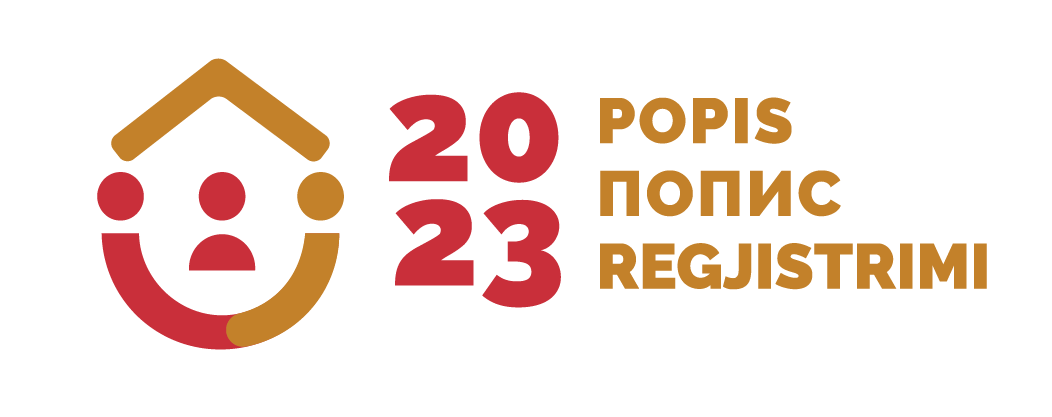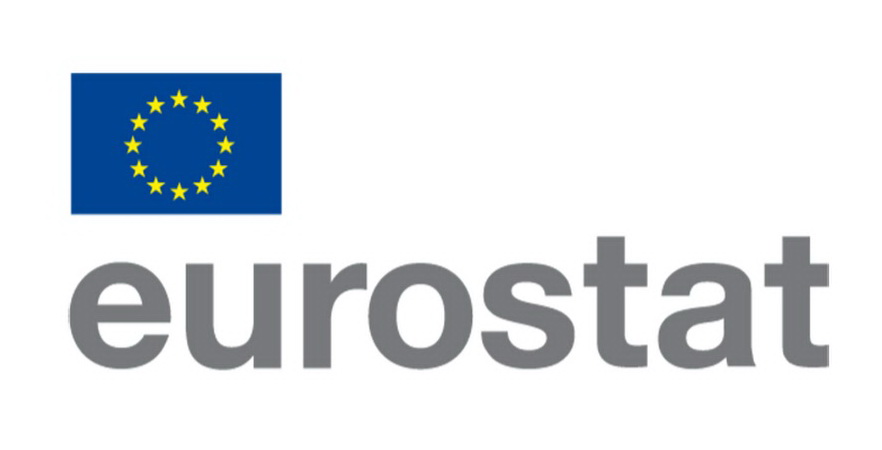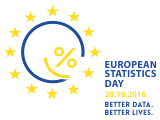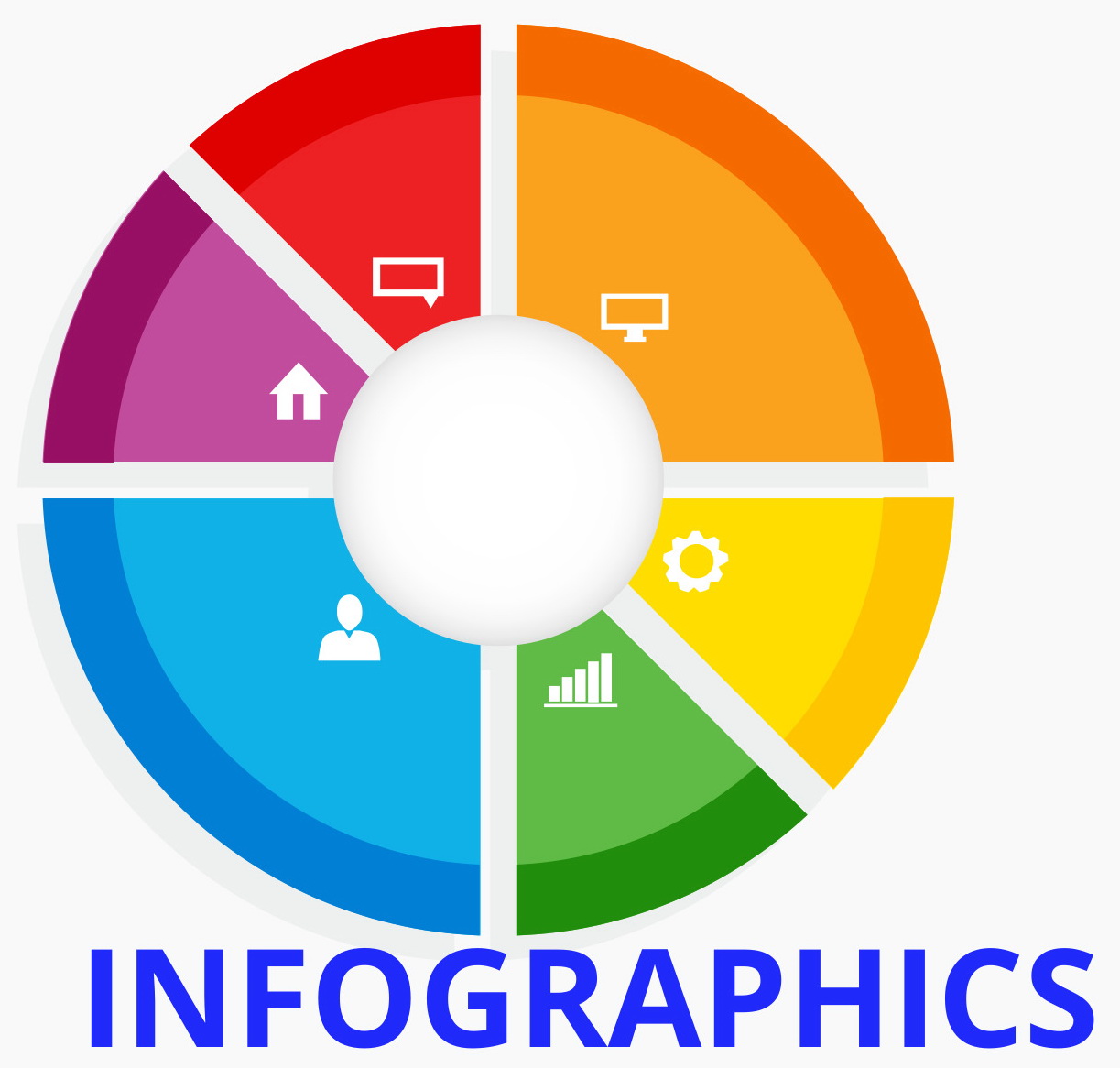07.12.2020
Survey on Income and Living Conditions (EU-SILC) 2019
Survey on income and living conditions is an annual survey regularly implemented by Statistical Office from 2013. The data collected by this survey make possible the calculation of indicator on monetary risk from poverty and of indicator on income distribution inequality in a society. The indicators are based on the concept of relative poverty, which takes into account the disposable income of household, the number of household members (household size) and the distribution of income within the population. EU-SILC survey is a required source for monitoring statistics on income, poverty and social exclusion, in order to ensure comparable data both for every country and at the EU level as total.
Average annual equivalised disposable income, as mean of equivalised disposable income, in 2019 was 4 241 euro, while median annual equivalised disposable income, as median value of the equivalised disposable income, was 3 768 euro.
At-risk-of-poverty threshold, set to 60% of the median of national equivalised disposable income, in 2019 at annual level was 2 261 euro for one-person household, while for household with two adult persons and two children under 14 years aged, was 4 748 euro.
At-risk-of-poverty rate in 2019 was 24.5%, which represents a share of persons whose equivalised disposable income is below at-risk-of-poverty threshold. These persons are not necessarily poor, they are just at higher risk to be, because their equivalised disposable income is below at-risk-of-poverty threshold.
According to age, persons under 18 years old, were the most exposed to the risk of poverty (33.7%), as well as persons aged 18 to 24 (30.5%). The lowest at-risk-of-poverty rate was for persons aged 65 and over (15.1%).
According to the type of the household, the highest at-risk-of-poverty rate was for persons in households consisted of two adults with three or more dependent children (45.0%), then persons in households consisted of one (single) parent with one or more dependent children (35.4%).
Depending on activity status, for persons aged 18 and over, the lowest at-risk-of-poverty rate was for employed at employer (7.0%), while unemployed were exposed to the highest risk of poverty (45.5%).
At-risk-of-poverty or social exclusion rate, as a percentage of people at risk of poverty and/or are extremely materially deprived and/or live in households with very low work intensity, in 2019 was 30.5%.
Severe material deprivation rate, in 2019 was 12.0% and it shows the proportion of persons living in households that cannot afford at least four out of nine material deprivation items.
Gini coefficient, as indicator of income inequality (on a scale from 0 – fully equality to 100 – fully inequality), in 2019 was 34.1.
Income distribution inequality – quintile ratio (S80/S20) in 2019 was 6.7, which indicates that 20% of citizens with the highest income (the fifth quintile) had 6.7 times more income than 20% of citizens with the lowest income (the first quintile).







